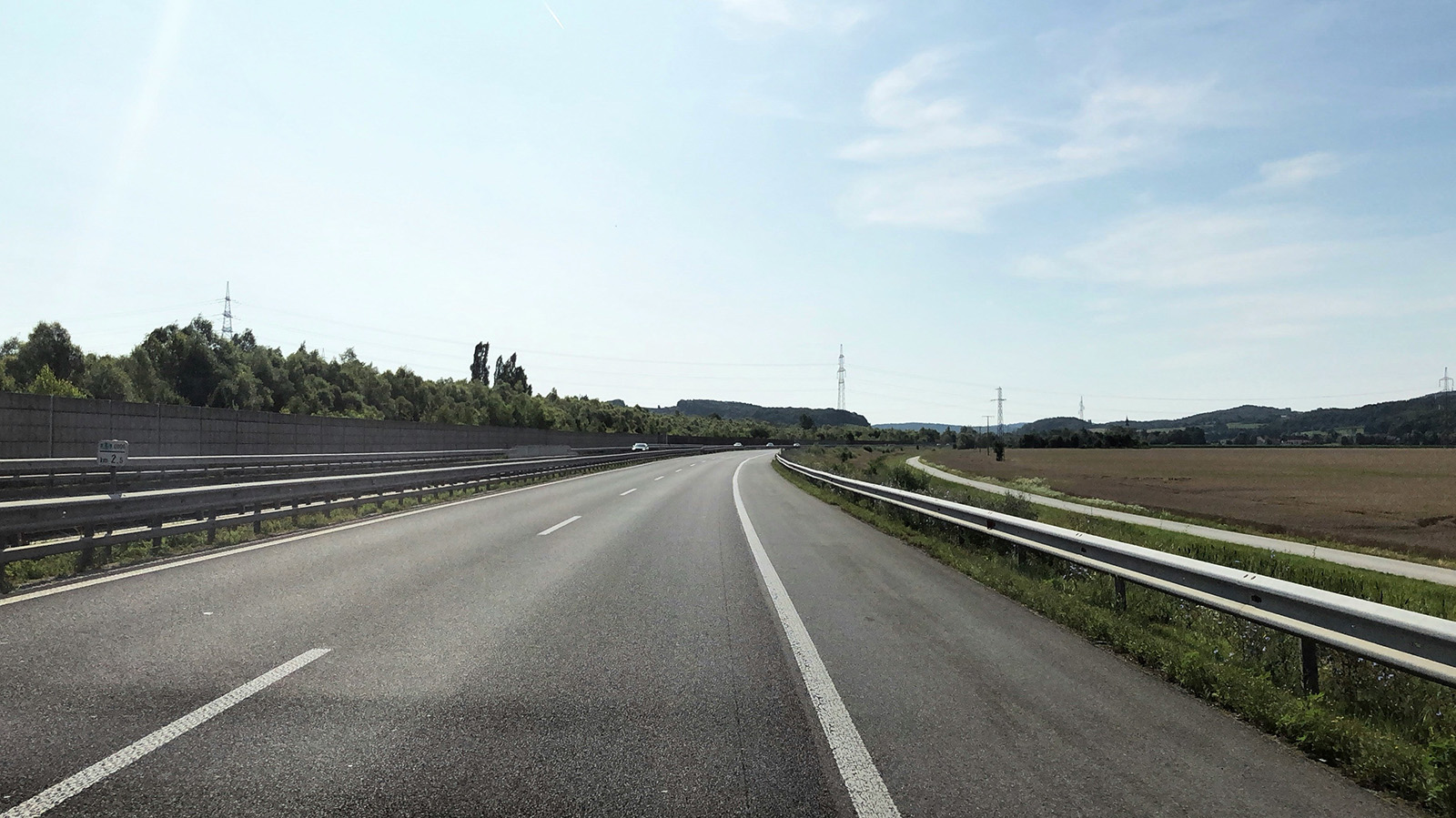A new high-performance, anti-corrosion coating is being tested on motorway barriers as the highways industry looks for new ways to boost its sustainability credentials.
Fasteners used on motorway barriers are traditionally galvanised to protect against moisture, road salts and fluctuating temperatures.
Galvanisation involves submerging a part in molten zinc at a high temperature to form a protective layer.
Keen to find a more sustainable way to protect the millions of nuts and bolts used on barriers, leading surface coatings provider Anotec has partnered with fastener manufacturers to test a new one-coat, C5-compliant system.
The advanced zinc flake finish is applied via spray application, ensuring uniform coverage while maintaining a thin coating thickness of ≤ 20 microns.
This process is more environmentally friendly than the galvanising alternative – and also completely eliminates the risk of hydrogen embrittlement.
Mark Smith, Assistant General Manager at Anotec, said: “We are delighted to partner with providers of fasteners to highways agencies to demonstrate the benefits of this new solution.
“Galvanising offers excellent corrosion protection but we believe we have a solution that is equally as effective and more sustainable, while being completely C4 and C5 compliant.
“Both the process to apply the finish and the product itself is more environmentally-friendly, making it a better option all round.
“Our customers have been trialing parts out in the field and so far the results have been impressive. Further batches are set to be tested in the real world in the coming months.
“We see this as a huge opportunity moving forward as there are many millions of fasteners used on motorway barriers across the country.”
Thousands of fasteners have been trialed on motorway barriers so far.
The spray application of the zinc flake technology eliminates the risk of thread blocking on large screws and bolts, a common issue with thicker, multi-layered coatings.
Switching from traditional galvanising to zinc flake coatings also completely eliminates the risk of hydrogen embrittlement.
Hydrogen atoms can be introduced into the metal substrate during galvanising, which can cause hydrogen embrittlement. This can lead to the material becoming brittle and susceptible to sudden, catastrophic failure under stress.
No hydrogen is generated or absorbed when using zinc flake coatings, increasing the structural integrity of the parts, making them safer and more reliable.
Anotec’s one-base, one-topcoat zinc flake system, results in lower costs and improved efficiency and is also effective in the wind energy, oil and gas, marine and rail sectors.
Anotec uses manual, automatic and robotic techniques to produce high-quality spray coatings, anodising and aluminium passivation, thermal diffusion and electromagnetic compatibility coatings (EMC) for several industry sectors including automotive, industrial, aerospace, wind energy, rail, defence, nuclear, petrochemical and marine.
